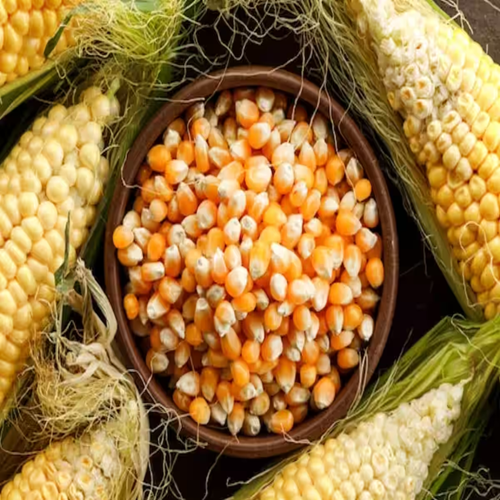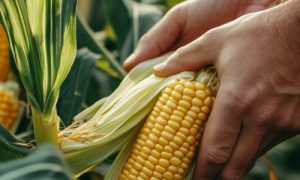Water-guzzling summer maize add to agri experts’ worries

Experts say that the farmers should opt for kharif maize, which is sown during the same time as paddy and requires less water due to the monsoons.
With more and more farmers in Punjab growing summer maize, agricultural experts are looking at ways to discourage them from cultivating the crop as it requires an equal amount of water used by the water-guzzling paddy crop, adding to the burden on the state’s water table.
Experts say that the farmers should opt for kharif maize, which is sown during the same time as paddy and requires less water due to the monsoons. However, they say that the summer maize, which is sown after wheat crop is harvested, has a negative affect on the water table as it require more irrigations.
The recent rise of summer maize has added to the worry of the agriculture department which was already trying to get farmers off paddy to mitigate the depletion of the water table, Jaswant Singh, director, Punjab agriculture department.
“We are now starting to reach out to farmers through whatever means possible to make them aware of the problem. And many of the discerning farmers were also heeding to the call,” he said.
Singh noted that the farmers do need some of the crop for fodder.
“We are not asking them to completely give up cultivation, but only grow as much as they need to feed their cattle,” he added.
A monitoring committee of the National Green Tribunal (NGT) in June 2022 highlighted the depleting groundwater in the state, citing a report saying the state was left with groundwater enough for just 17 years.
The state government has ever since been touting maize as a favourite candidate to replace paddy as the kharif crop.
According Surinder Kaur Sandhu, research lead, maize section, Punjab Agricultural University (PAU), while paddy took 3,000 litres of water for a kg, kharif maize only took around 200 litres for the same quantity.
However, she said, it wasn’t the summer maize they were expecting, which has “just added to the problem.”
While the state government was looking to add 2 lakh hectares under kharif maize cultivation, the summer maize was already being cultivated on around 3 lakh hectares of area.
“The summer maize is sown right after the wheat is harvested and is reaped before paddy is sown. They don’t want the crop. They just need the plant to process it into sailage, a fodder with more shelf life,” Sandhu said.
While this may not appear to be a problem, rather a way to get something productive of the land when it was lying vacant, as there was a gap of over couple of months between wheat harvest and paddy sowing, the weather in which it was being done led to the problem.
“The weather is at its warmest and driest at this time. So the maize then needs at least 16-17 irrigations. And it has developed as almost a third crop system after Rabi and Kharif,” she said.
“This was like adding a second paddy when we were already dealing with the problems created by one,” she said.
Besides calling for limited cultivation, the agriculture department was also in touch with the PAU to prepare hybrids that consumed less water to minimise the damage further, director Singh said.

















